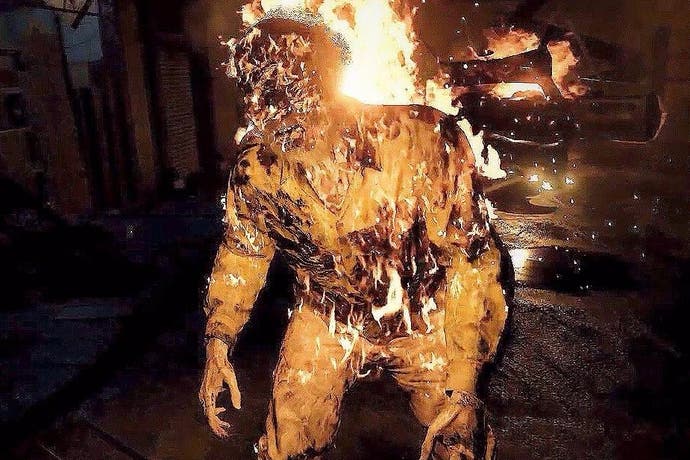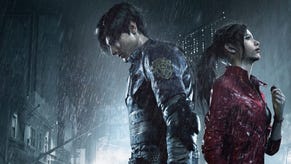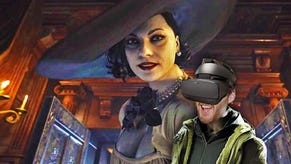Face-Off: Resident Evil 7
1080p60 locked with VR support - PlayStation offers the complete package.
Resident Evil 7 is the biggest shake-up the series has seen since the switch to an action-based focus in RE4. With a new first-person perspective and gameplay elements reminiscent of Konami's cancelled PT, this new horror title delivers a fresh take on Resident Evil that also manages to bring the series back to its core survival horror roots. From a technical perspective, a 60fps update offers up a level of smoothness usually reserved for remasters, rather than the latest current-gen instalments. The change in direction isn't just used to facilitate a return to survival horror gameplay either: it's also a direct result of the game supporting PlayStation VR, where the first-person action and 60Hz refresh makes an immersive low latency VR experience possible.
These aspects clearly drive the look and feel of the game, and used in combination with a heavy layer of post-processing, generates a vision unlike any other Resident Evil title. Boasting a dark and gritty aesthetic, liberal use of chromatic aberration, depth of field, static, scanlines, and other screen distortion elements, Resident Evil 7 generates a presentation resembling 'found footage' running on an old CRT. The result is a soft-focused image that is suitably grimy, but intentionally so, despite the high native resolution of the game across all platforms.
Both PS4 and Xbox One present Capcom's bleak vision at a native 1080p, with raw clarity sacrificed in favour of a more organic video-like image. Both appear visibly soft, though the PS4 version looks more refined due to its implementation of higher quality anti-aliasing. Here Capcom appears to combine post-process AA with a temporal component, providing a clean image virtually free of edge-related artefacts. In contrast, shimmering is often visible on Xbox One across sub-pixel scenery and specular reflections resulting in a rougher overall look. A simpler post-process AA solution appears to be in effect here, seemingly lacking the additional temporal coverage found on the other versions of the game.
Image quality aside, there's little to distinguish the console versions. Texture quality can vary in some scenes due to a few unwanted streaming hiccups when interacting with various objects, but most of the time the core assets and effects work are essentially a match. Visible texture switching is more commonplace on PS4, while on Xbox One there are some scenes that play out with lower quality textures for the duration. On balance, the PS4 game looks more refined owing to improved image quality, though neither version is completely free of some occasional rendering quirks.
In terms of PS4 Pro support, only minor tweaks are present here. The game sees a small resolution boost from 1080p to 2240x1260 with the machine set to 4K output. It's a minimal increase in pixel count and doesn't provide much of an upgrade. Depending on how well your HDTV scales 1080p up to 4K, the resolution boost on Pro may deliver a slightly sharper image, though the difference is quite subtle. Outputting 1080p resolution from the machine seems to resolve a small degree of super-sampling, although image quality is barely given a boost owing to the slight increase in pixel counts over running the game on the base PS4.
Beyond resolution, the only other noticeable visual gain comes in the form of brighter highlights across outdoor elements - such as sunlight reflecting odd tree leaves - and this matches the PC version in this area. HDR is supported across both PS4 consoles, and this option works at both 1080p and 4K on the PS4 Pro. Here, brighter highlights have a more pronounced glow, while there's a clear increase in resolved shadows detail in dark areas. This gives the presentation a nice lift over the standard SDR output, though the dark nature of the game means that a UHD TV with local dimming (or an OLED) is required make the most of these benefits.


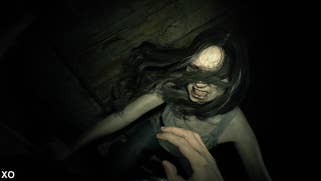
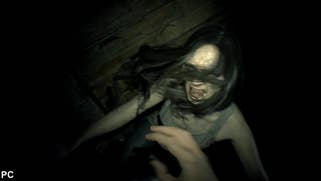
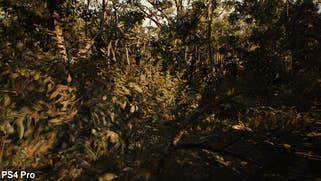

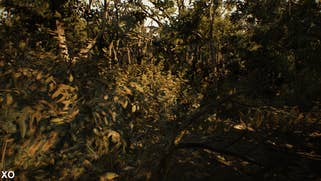

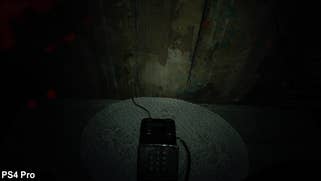

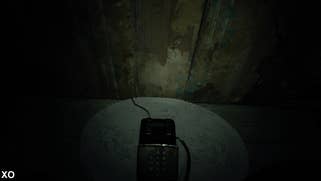
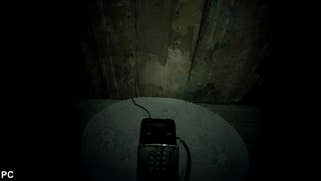
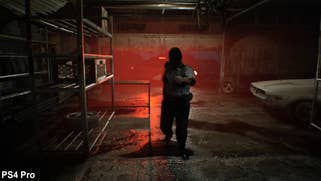
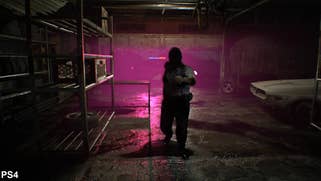
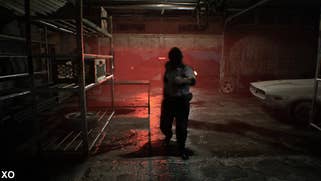

HDR and the increased highlights across foliage are also present on the PC version, providing a mild upgrade over the consoles in terms of raw visual feature-set. Baseline artwork and effects are mostly identical to the PS4 Pro version, with refinements limited to image quality gains and extra post-process effects. Running at 1080p, using both FXAA combined with TXAA, results in a smoother look compared to the console versions, with fewer edge artefacts across finely detailed scenery. However, since the PS4 versions already features a very clean appearance, it's not a night and day difference. Instead the more pronounced benefits come with running at native 4K on PC, where the game provides a visibly sharper image while still maintaining the soft, video-like presentation that Capcom is aiming for.
It's not all plain sailing with the PC game, though, and there are a few teething problems when playing on a UHD TV with HDR enabled. For example, users are reporting that disabling HDR in-game while connected to an HDR display can result in a washed-out image, where HDR metadata is still being sent by the game despite internally operating in SDR mode. Playing with HDR enabled at resolutions below 4K can also cause problems, such as the game displaying lower resolutions (such as 1440p and 1080p) as a bordered 1:1 pixel mapped image in the centre of the screen. 1080p screens and SDR 4K screens appear unaffected, but playing with a UHD TV can be problematic. We expect this will be fixed with a patch, but right now the situation isn't ideal.
Away from display-related issues the PC version is otherwise excellent, although it only provides a modest visual jump over the base PS4 and Xbox One outside of resolution. For the most part, the core graphical make-up at max settings is very close to the PS4 Pro version, with only the occasional additional refinement on show. If there are improvements in shadows quality and reflections, the game's heavy use of post-processing means that these don't stand out during gameplay, or in like-for-like footage, where the visuals appear very closely matched. Even with high-end effects enabled (such as HBAO+ and very high shadows) it certainly feels like the console versions are holding their own here. That said, the PC version manages to avoid the frequent texture switching issues that are present on PS4 and the Pro, which provides a more consistent presentation as these artefacts rarely manifest at all. Mileage may depend on your storage solution here - we run all of our PC titles from SSD.
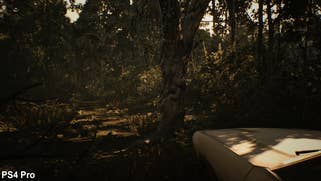

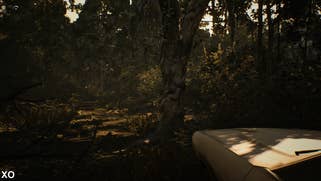
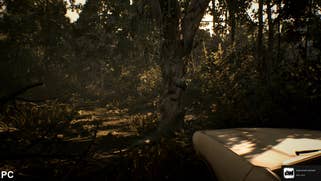
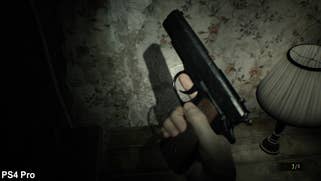
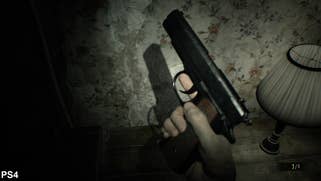


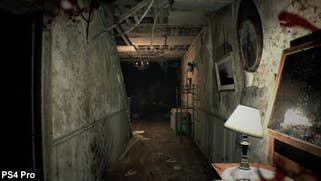
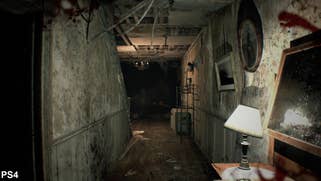

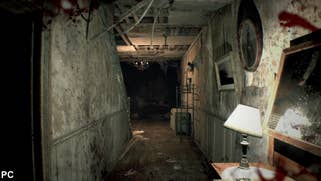

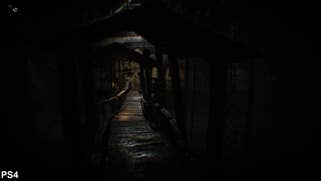
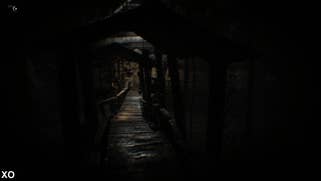
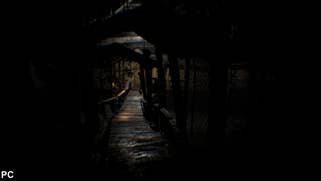
However, motion blur is the one area where the PC brings some welcome improvements to the table. On consoles, a basic frame accumulation effect is present during cut-scenes to simulate your character feeling disoriented after being attacked, though during gameplay motion blur is otherwise completely absent. However, on PC proper camera and object motion blur effects are present, enhancing the game's cinematic look and adds extra intensity to combat. It is also possible to disable various effects, such as chromatic aberration and bloom to produce a clearer image.
While past Resident Evil titles (bar the remasters) have targeted 30fps, a high frame-rate is required with Resident Evil 7 due to the game's VR support. Low latency is essential for accurate movement tracking by the headset, while fluid motion helps to reduce motion sickness and create a more believable connection between the player and the game world. As a result, Resident Evil 7 is optimised around hitting a solid 60fps across PlayStation platforms and does so flawlessly on both PS4 and PS4 Pro. This results in a consistently fluid and responsive experience whatever is happening on-screen, from creeping through cramped underground basements, to tense boss battles where explosions and other effects dominate the display. The engine never misses a beat leaving you to fully enjoy the horrors that await you in the dilapidated Baker household.
Things aren't so solid on Xbox One though, where the game cannot maintain a solid frame-rate consistently. The engine still targets 60fps, and performance is generally smooth when exploring more confined environments, initially providing a fluid gameplay experience. However, when faced with more complex scenes it's clear that the console can't sustain its target frame-rate at all times. Alpha-heavy areas - such as the gardens outside the house - cause small drops in performance exhibiting some mild hitches as you explore the surrounding environment. Frame-rates aren't heavily impacted here and gameplay isn't massively affected, but it is noticeable.
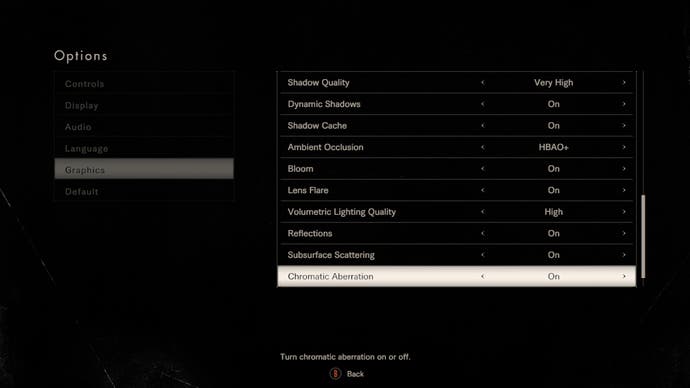
However, when engaged in combat, performance is hit harder in some areas and judder is visible during these moments when panning the camera, or making quick movements. Here, motion handling and controller response falls short of the PS4 versions, with the experience feeling more uneven. In that respect, the Xbox One version often feels like a game with an uncapped frame-rate, rather than one designed to run at a tightly locked 60fps. While these issues only have a minimal, short-lived impact on playability, they can be quite distracting at times - something that never happens on PS4.
Resident Evil 7: the Digital Foundry verdict
Resident Evil 7 is a return to form for Capcom, with the company delivering a new entry in the series that successfully returns to its horror roots. The visual experience is generally excellent across all platforms, and while some fans may not appreciate the change in direction, the use of heavy post-process effects, first-person camera, and more claustrophobic environments help to create immersive gameplay where horror takes priority over combat and large scale action. The game delivers an immersive experience both with and without VR, and the focus on horror over action is the right choice, even if the series' trademark gameplay is handled very differently from prior entries in the series.
The PS4 nails the experience with a native 1080p presentation, HDR support, and a solid 60fps update, while the PS4 Pro offers up a minor resolution boost and tweaks in lighting. Minor texture switching issues aside, both of Sony's consoles provide a great way of playing Resident Evil 7, with PSVR allowing for a more up-close and personal take on the chilling gameplay. By comparison, the Xbox One showing isn't quite as solid, with a small hit to image quality over the PS4 and frame-rates that fall short of sustaining a locked 60fps. The experience is still excellent overall and shouldn't stop fans from picking up the game. But if you're looking for absolute consistency in the experience, PlayStation is the way to go.
The PC is the only way to play at much higher resolutions, and certainly delivers the most refined presentation available, with added motion blur effects and the highest quality anti-aliasing. However, VR support is absent, with this feature apparently a timed exclusive. So while the PC version is potentially the most technically accomplished release, there's a sense that right now it's the PlayStation 4 release that offers the complete package.
